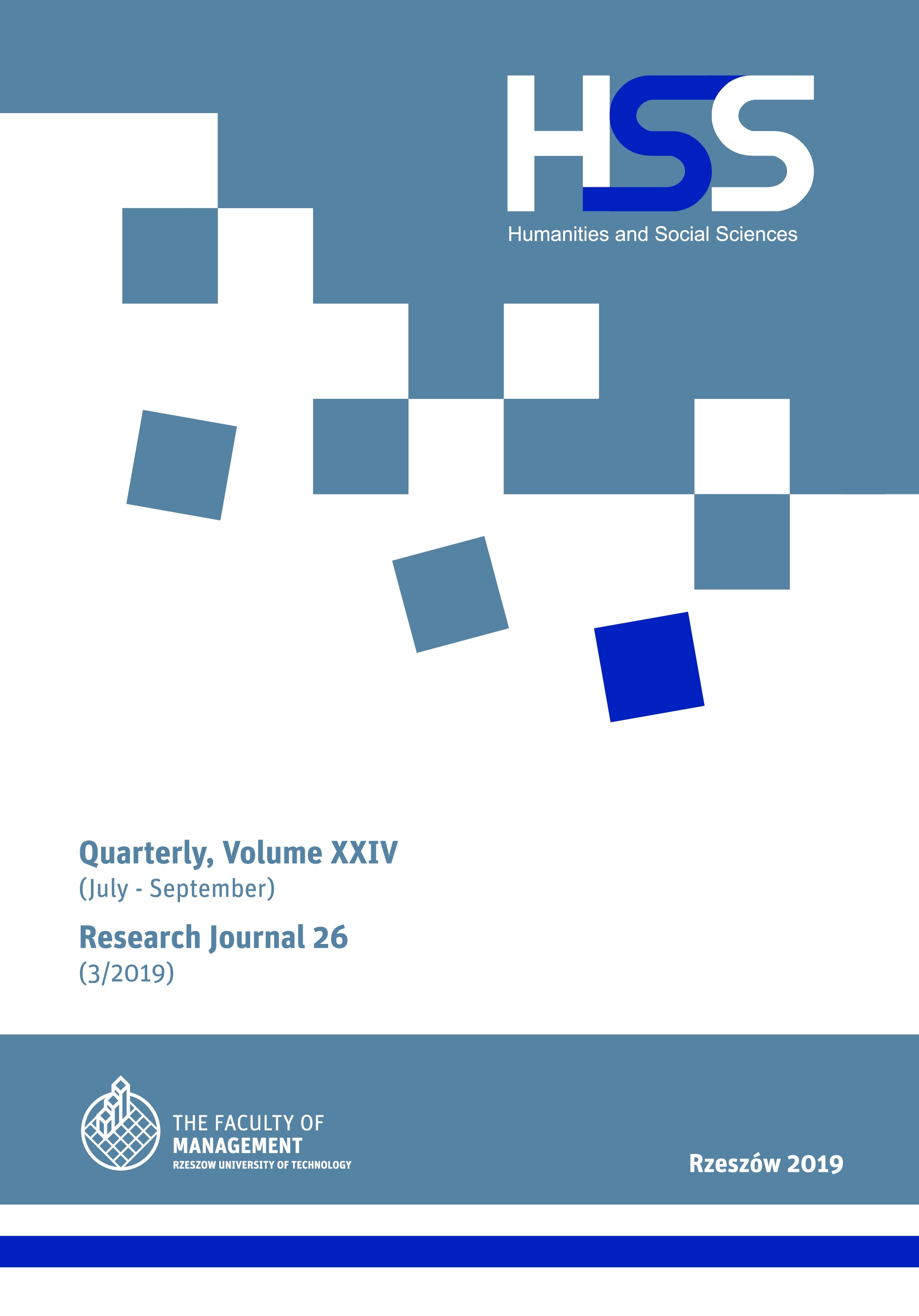Abstrakt
This paper provides an account of the representation of women in contemporary American pornographic magazines and investigates the role that stereotypes and idealized cognitive models play in determining how a woman – as a word and a concept – functions in the contemporary pornographic press. It is predominantly based on the assumption that the ICM of a woman is a metonymic model comprising several submodels. As a matter of fact, the ICM presented in the analysed material, actually does not have a complicated structure. We can assume that the “Penthouse” magazine clearly popularizes one kind of woman based mostly on the submodels such as LOVE3 AND SEX, BODY, PHYSICAL TRAITS and PSYCHOLOGICALFEATURES AND PROCESSES4 which take dominance over the others and lead to discriminatory assumptions and generalizations.
Bibliografia
Cheney, V.T. (2004). The Sex Offenses and Their Treatments: The Problem – The Solution – The Commentary. Bloomington, Indiana: AuthorHouse.
Evans, V., Green, M. (2006). Cognitive Linguistics: An Introduction. Edinburgh: Edinburgh University Press.
Gibbs, R.W. Jr. (1999). Taking Metaphor out of our Heads and Putting it into the Cultural World[in:] Gibbs, R.W. Jr., Steen, G.J., eds., Metaphor in Cognitive Linguistics. Amsterdam: John Benjamins.
Gunter, B. (2002). Media Sex: What are the Issues? London and New York: Routledge.
Kappeler, S. (1994). From Sexual Politics to Body Politics [in:] Cameron, D., Scanlon, J., eds., The Trouble & Strife Reader. London, New York: Bloomsbury Academic.
Kövecses, Z. (2005). Metaphor in Culture. Cambridge: Cambridge University Press.
Kövecses, Z., Radden, G. (1998). Metonymy, Developing a Cognitive Linguistic Approach. “Cognitive Linguistic”, 9.1.
Lakoff, G. (1987). Women, Fire, and Dangerous Things: What Categories Reveal About the Mind. Chicago: Chicago University Press.
Langacker, R.W. (1987). Foundations of Cognitive Grammar. Theoretical Prerequisites. Stanford: Stanford University Press.
—— (2008). Cognitive Grammar: A Basic Introduction. Oxford: Oxford University Press. Rosch, E. (1973). Natural Categories.“Cognitive Psychology” 4.
—— (1977). Human Categorization [in:] Warren, N., ed., Studies in Cross-cultural Psychology. London: Academic Press, Vol. 1.
—— (1978). Principles of Categorization [in:] Rosch, E., Lloyd B.B., eds., Cognition and Categorization. Hillside: Lawrence Erlbaum.
Spychała-Reiss, M. (2009). Językowy Obraz Kobiety w Prasie dla Pań(na przykładzie ‘Zwierciadła’, ‘Przyjaciółki’ i Cosmopolitan’.“Poznańskie Studia Polonistyczne. Seria Językoznawcza”,Vol. 15.
Środa, M. (2009). Kobiety i władza. Warszawa: Wydawnictwo W.A.B.
Taylor, J. (1995). Linguistic Categorisation. Prototypes in Linguistic Theory. Cambridge: Cambridge University Press.
Wykes, M., Gunter, B. (2005). The Media and Body Image: If Looks Could Kill. London: SAGE.


